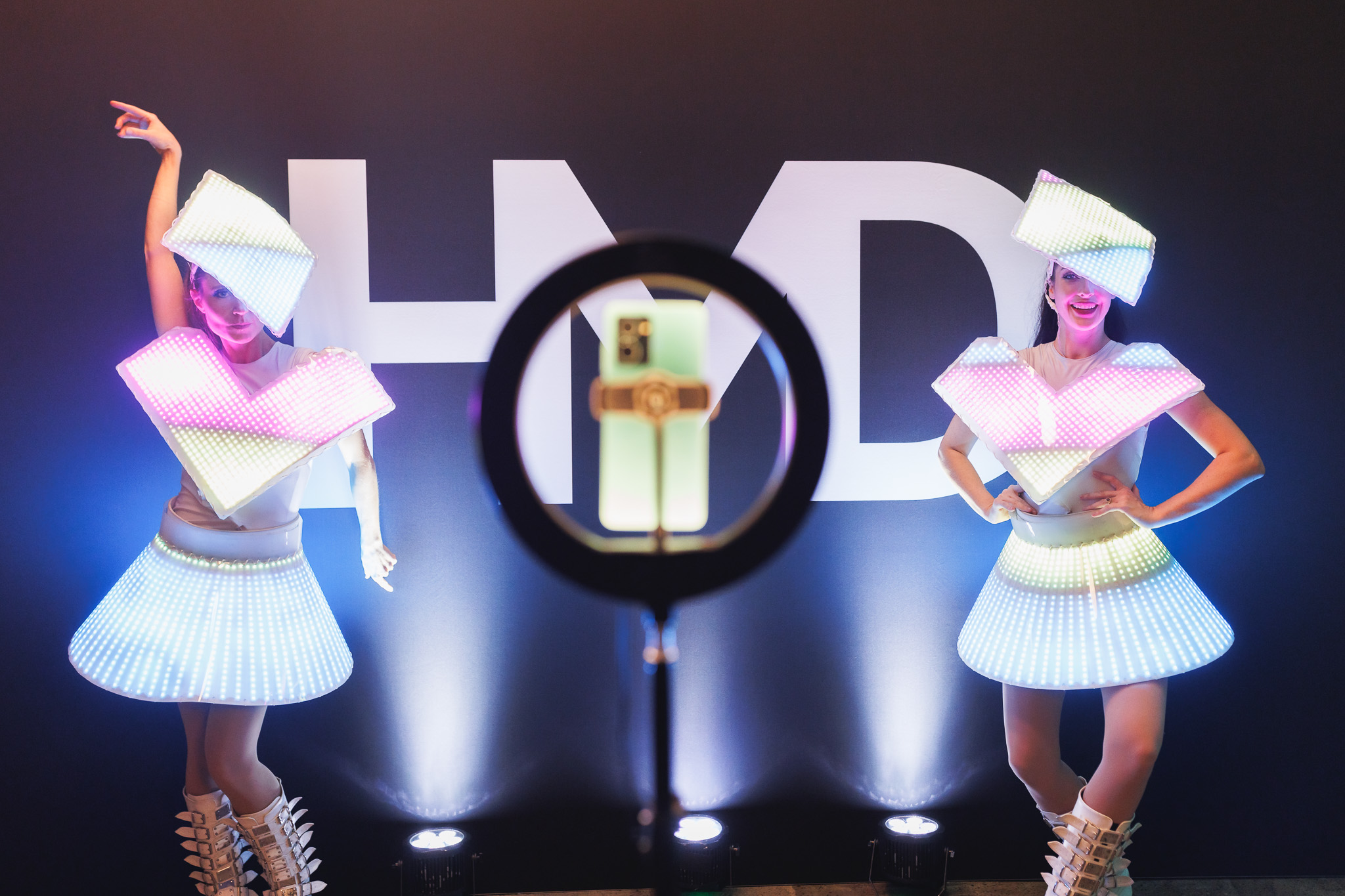The Aussie connection to the brand in still strong in the feature phone market, so Nokia feature phones will remain in place with future evolution
HMD in Australia, AI and the future
It can be a pain point for some of us that manufacturers either ignore Australia (OnePlus, I’m looking at you…), don’t bring their full range of devices to Australia (Google, your turn… Where’s my Pixel Fold?) or just dump old stock on our shores to more it out of other markets.
When asked about how important the Australian market is to HMD, the answer was emphatic. There’s investment happening in getting the right people into position, to continue growing the HMD brand from its current position in the market. It was also stressed that before the Pulse phones were released, Australia was one of the key markets in design strategies and pathwasy for the design elements that are in the current generation of devices. The approach was that this importance of the Australian market to HMD is not going to change.
What is changing however, is the involvement of AI in our lives and while it was recognised that it’s here to stay; there’s an element of the HMD philosophy that will undoubtedly attract buyers.
We put the human element first, making sure that humans are the first point of contact and in control.
With that having been said, there was a definitive acknowledgement that AI is already involved in much of our lives and that it’s here to stay. Being an Android based operating system, there are, of course, ways to start using Gemini or other AI packages such as Chat GPT but that’s for users to explore at this stage with HMD not having immediate plans to explore their own AI model.
How HMD compares to the others
I may overstep a little at times, but I really enjoy challenging people with tough questions. To challenge how HMD compares directly with other brands, the question was asked how HMD devices would be sold — directly against competitors in the price range — to an enterprise business looking to replace their workforce’s devices en-masse.

The answer was, in simple terms, 5 easy steps:
Listen to the customer as a starting point
Ask questions to really understand their business case, their needs and what they want to achieve
Build a plan for cycling devices through to maintain connectivity and functioanlity for the staff
Then sell devices to the client
Highlight the repairability (long term cost saving) as a value add item
That focus on repairability was pretty strong too, noting that at scale, replacing phones regularly due to accidents can be costly to businesses. So having a cost effective way to extend the life of devices, without needing to replace them would be very attractive to businesses.
Grabbing the crystal ball…
Something I love asking people like Brenden is where they see the market in 2, 5 and 10 years time. I was impressed and very interested in how thoughtful (for a question without notice) the answer that came back to me was.
Noting that two years ago, the answer would have been very different but that’s due to the speed that the market is evolving. Manufacturers and users can’t always keep up with the changes, and the latest is for people to consider “disconnecting” and going on a digital detox; partly explaining the popularity of the Nokia feature phones.
Brenden went on to note that there’s a different pull in the market with these changes coming through every four to six years, sometimes creating a temporary hardware stalemate. At this point there seems to be two directions:
People who want and need to connect
Users who want to be themselves and live in the moment
Unsurprisingly, this links in closely to the strategies of HMD with the maintenance of feature phones, as well as the new Pulse range of devices. Adding in the looks of the devices, the environmental responsiblity (cheap and easy repairs) of the range, and cost effective acquisition; it feels like HMD is well positioned moving into his future vision of the market.
It was an absolute pleasure to speak with Brenden; relaxed, easy going and clearly very genuinely passionate about what he’s doing. I wanted to to publicly thank him for his time and I’l certainly make time for another chat when the opportunity presents.
Source link : https://ausdroid.net/news/2024/06/08/we-spoke-to-hmd-gm-of-australia-and-oceania-about-all-things-hmd/?amp
Author :
Publish date : 2024-06-07 18:00:01
Copyright for syndicated content belongs to the linked Source.